The lights go out on Sunderland's decade-long stay in the Premier League with the club in debt and directionless
After ten years spent in the most lucrative division in the world, Sunderland drop into the second-tier of English football with significant debts and little direction
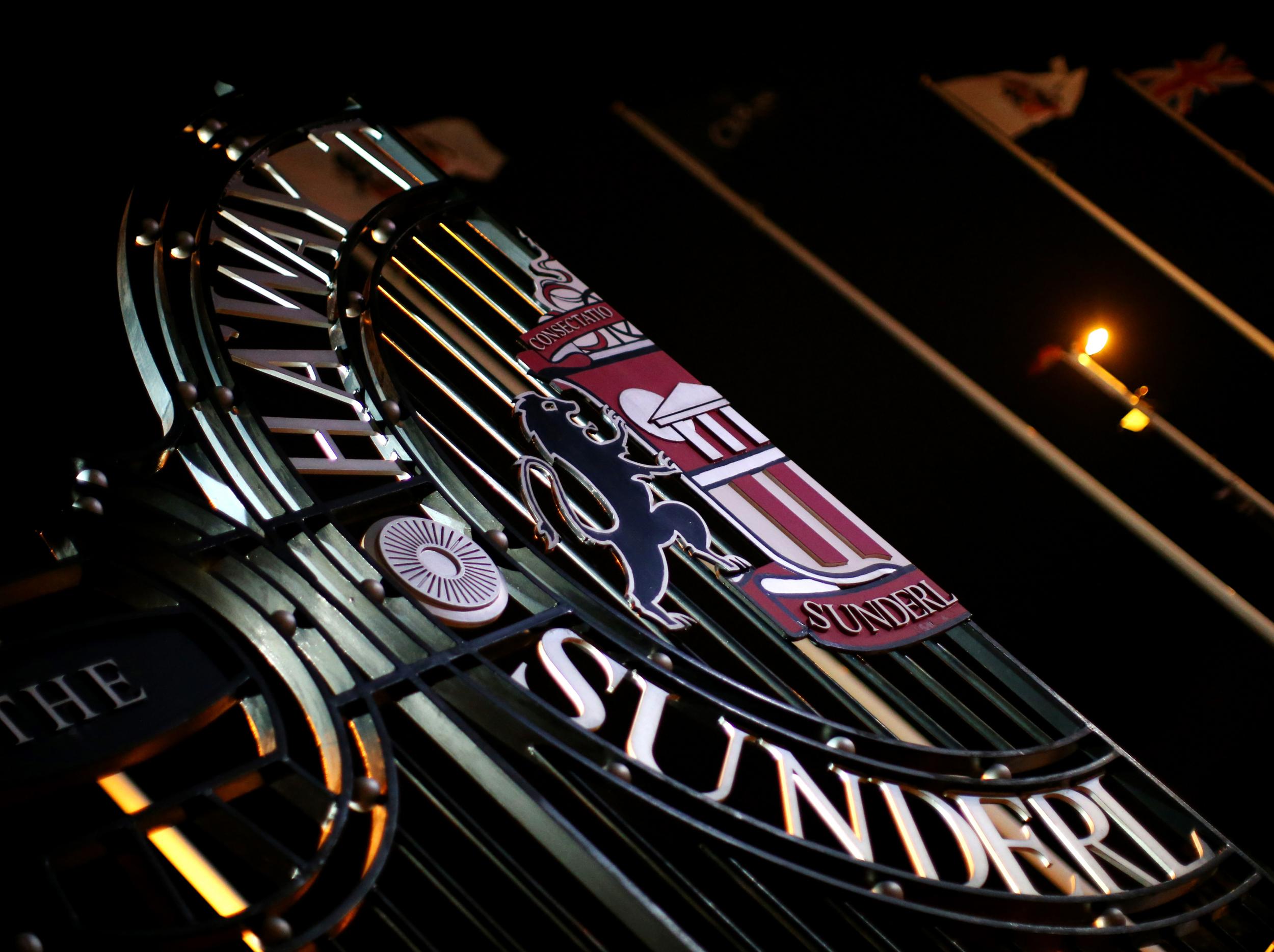
Your support helps us to tell the story
From reproductive rights to climate change to Big Tech, The Independent is on the ground when the story is developing. Whether it's investigating the financials of Elon Musk's pro-Trump PAC or producing our latest documentary, 'The A Word', which shines a light on the American women fighting for reproductive rights, we know how important it is to parse out the facts from the messaging.
At such a critical moment in US history, we need reporters on the ground. Your donation allows us to keep sending journalists to speak to both sides of the story.
The Independent is trusted by Americans across the entire political spectrum. And unlike many other quality news outlets, we choose not to lock Americans out of our reporting and analysis with paywalls. We believe quality journalism should be available to everyone, paid for by those who can afford it.
Your support makes all the difference.Departure had begun many hours before kick-off. On Friday in the city centre around 40 of those made redundant by Sunderland - even before relegation – held a joint leaving-do in a bar called Revolution. Cleaning ladies earning less than £300 a week were sinking a few.
Less than 24 hours later, Sunderland’s players, some of whom earn £300 every couple of hours, had their own farewell. After a decade in the Premier League, it was goodbye, said with a mumble.
Somehow, after ten seasons in the most lucrative division in the world, Sunderland depart £150m (and counting) in debt. Last season ended with the chief executive Margaret Byrne resigning because a player, Adam Johnson, had been imprisoned, while the sporting director Lee Congerton chose to go without having another job. It was a mess. And yet it felt worse on Saturday.
At least then the team was being reawakened under the effective and too-often patronised management of Sam Allardyce. Sunderland finished last season with one defeat in eleven – and that to the forthcoming champions Leicester City. They beat Chelsea and Everton in the space of five days at home. There was optimism.
Sunderland end this season having scored in only one of their last ten games. Nine games without even a goal: it’s a miserable return from a miserable season presided over by a man who has looked pretty miserable from the off, David Moyes.
Moyes will have his reasons for appearing less than excited to be in charge of a club that can boast 40,000 crowds even in dire times – though some of Sunderland’s official attendances are as questionable as Arsenal’s.
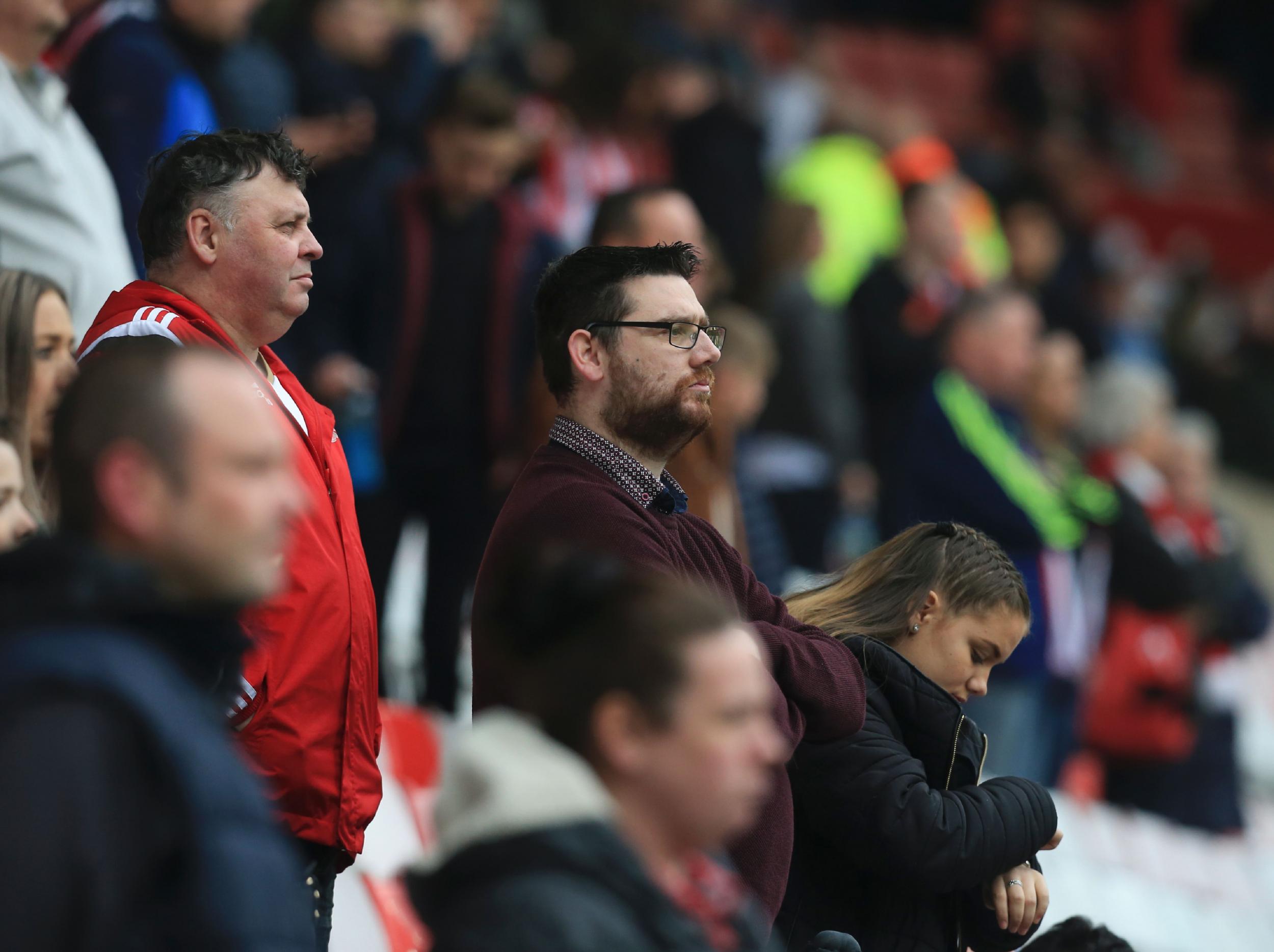
Quite possibly Moyes will have discovered his predecessors’ experience – that working for owner Ellis Short is no 24-hour picnic. When Sunderland’s pre-season flight to France had to be diverted to Manchester, he may well have considered it a signpost of the club’s aimlessness.
Moyes replaced England-bound Allardyce after the start of Sunderland’s pre-season friendlies. The club was not officially on the market. It was not until December that this was confirmed publicly.
So four of the key figures – Congerton, Byrne, Johnson and Allardyce left within seven months and the club was then put up for sale. That is presumably the “massive disruption” Short mentioned in his statement released an hour after relegation on Saturday.
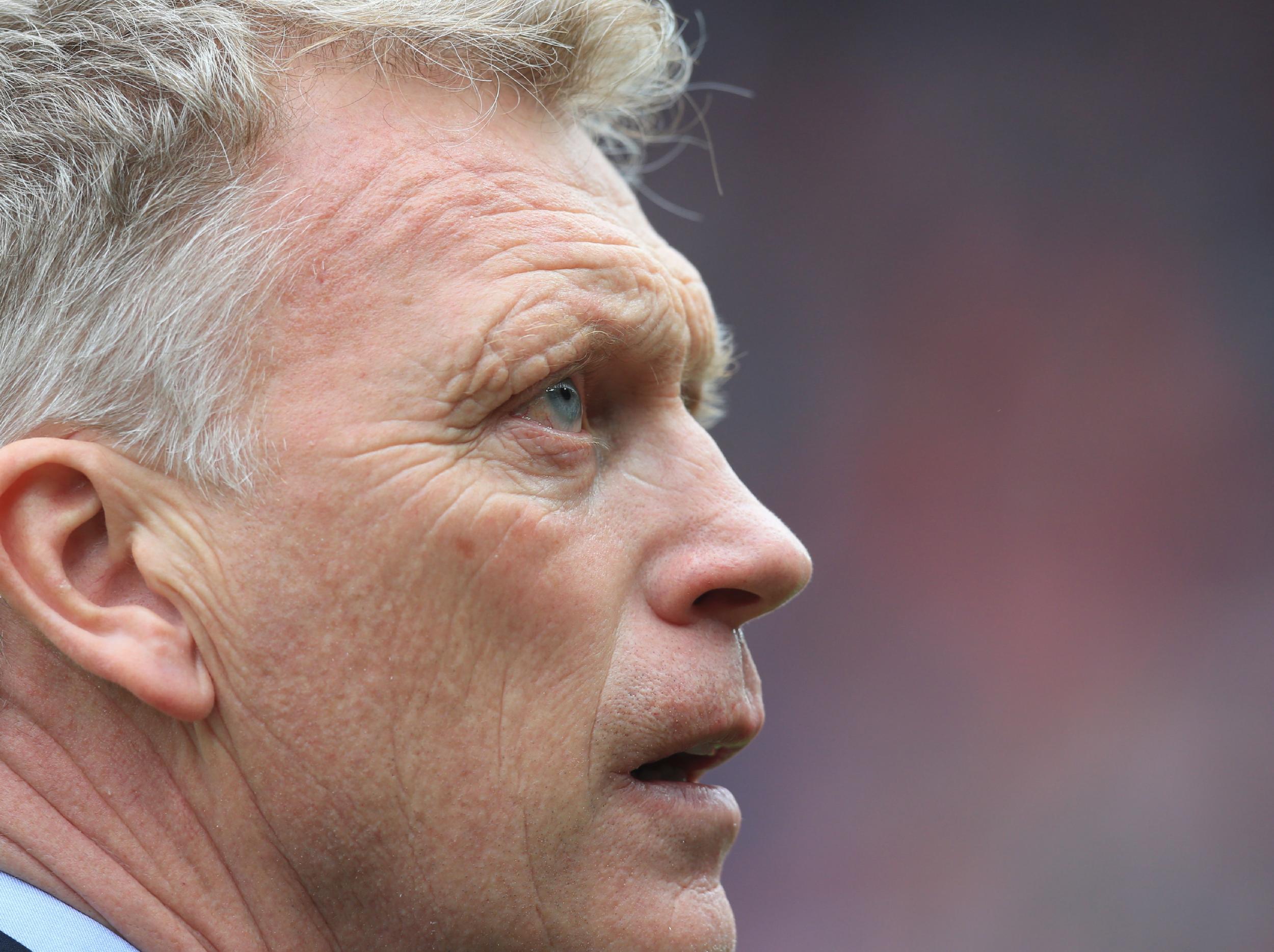
These are the mitigating circumstances Moyes walked into, why the notion that he was scuppered from the beginning has gained some support.
That needs to be challenged; the team was not falling apart. It should be recalled that of the starting XI who beat Everton 3-0 at the Stadium of Light so memorably last May, only two did not begin the season back on Wearside – DeAndre Yedlin and Yann M’Vila.
The other nine remained, as did six of the seven substitutes from that night. Younes Kaboul, so improved under Allardyce, started the first game of the season away to Manchester City when Sunderland were drawing 1-1 until a Paddy McNair own goal in the 87th minute. Nine of those who faced Everton played some part at City.
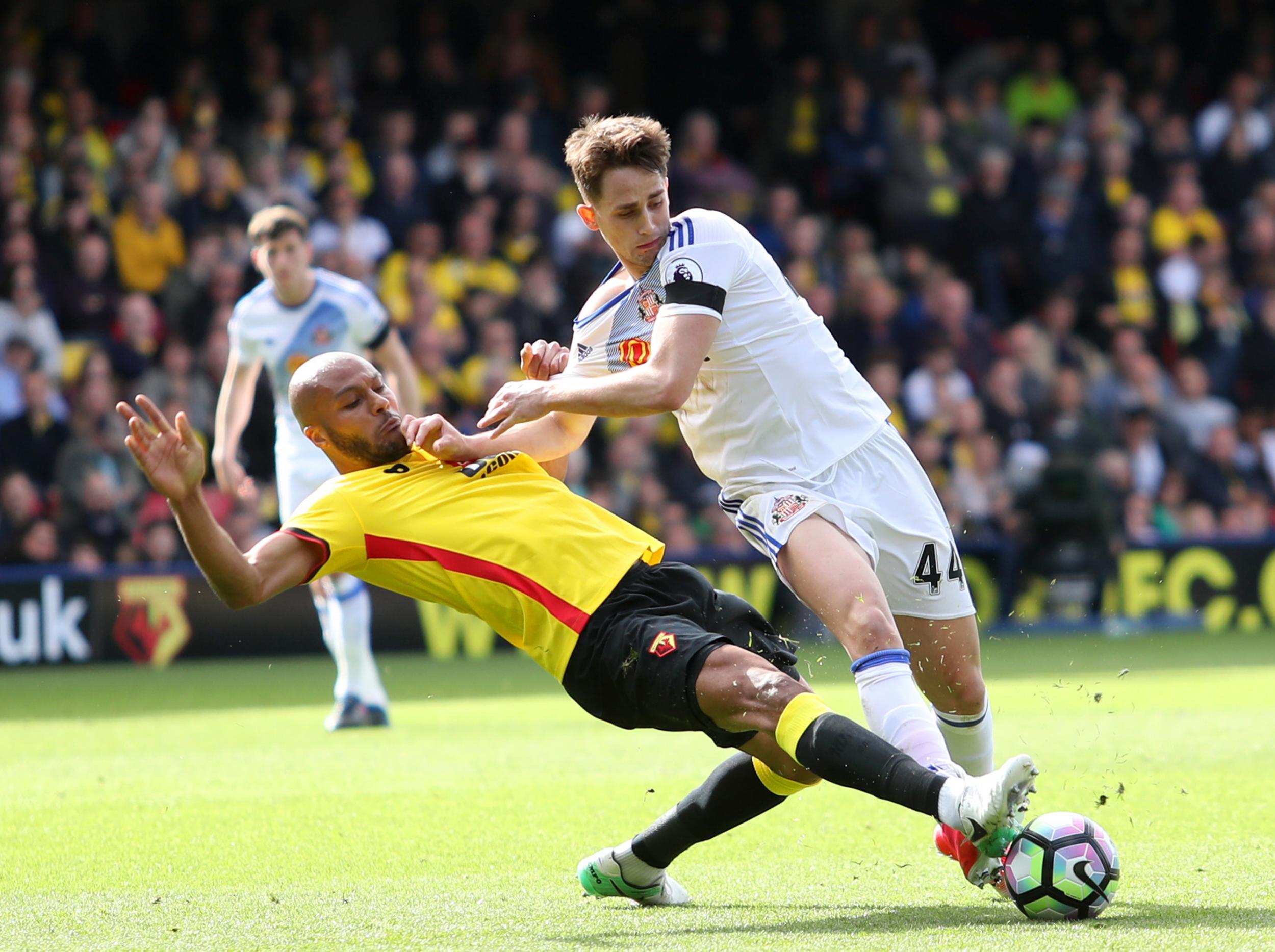
True, Kaboul was then allowed to leave for Watford - for £3m. M’Vila was on loan last season but would like to have made his move permanent.
Sunderland chose to sell Kaboul and not to pursue M’Vila. Moyes was manager when these decisions were made, just as he was manager when Papy Djilobodji was signed from Chelsea’s reserves for £8m.
Djilobodji made his debut in the next game – Sunderland 1-2 Middlesbrough. It was then – August 21st – that Moyes made his comment about the season being a long relegation battle. Glum and flat, this was Moyes’ home unveiling.
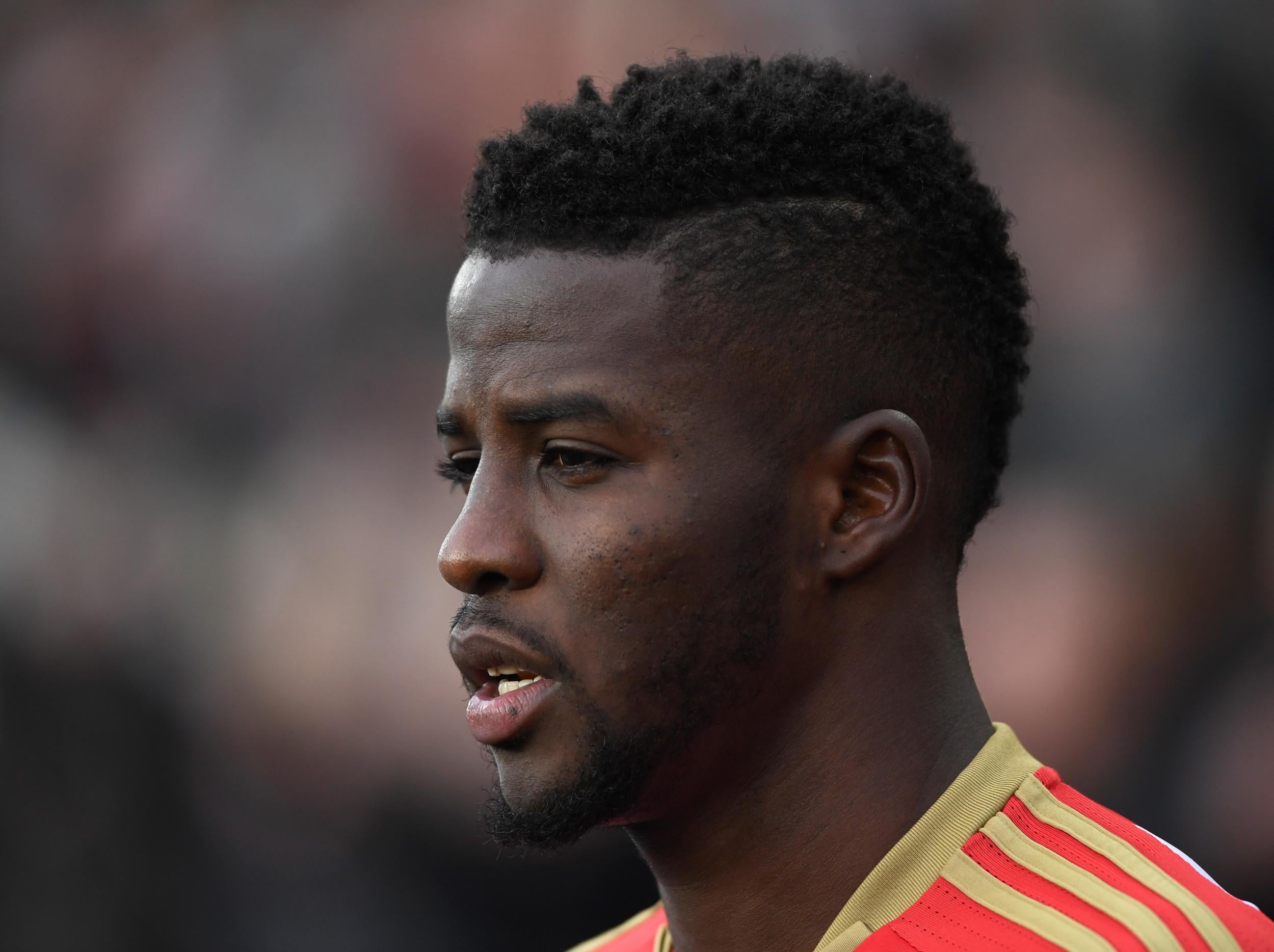
Optimism gave way to pessimism. Injuries kicked in – to McNair, Duncan Watmore, Fabio Borini. Jan Kirchhoff, one of the three Allardyce signings last January who made such a difference, missed the opening of the season and has not been seen since December.
But another midfielder, Didier Ndong – all £13m of him – arrived in August. Ndong, McNair, Djilobodji – that’s around £25m. When Bryan Oviedo and Darron Gibson arrived in January it was for a combined £7m. Adnan Januzaj came from Manchester United and the loan fee will not have been small.
Patrick van Aanholt was sold in January to Crystal Palace for £14m, so Moyes’ net spend is not vast. But it is incorrect to say that the players who did so well at the end of last season are not around or that he has been unable to recruit.
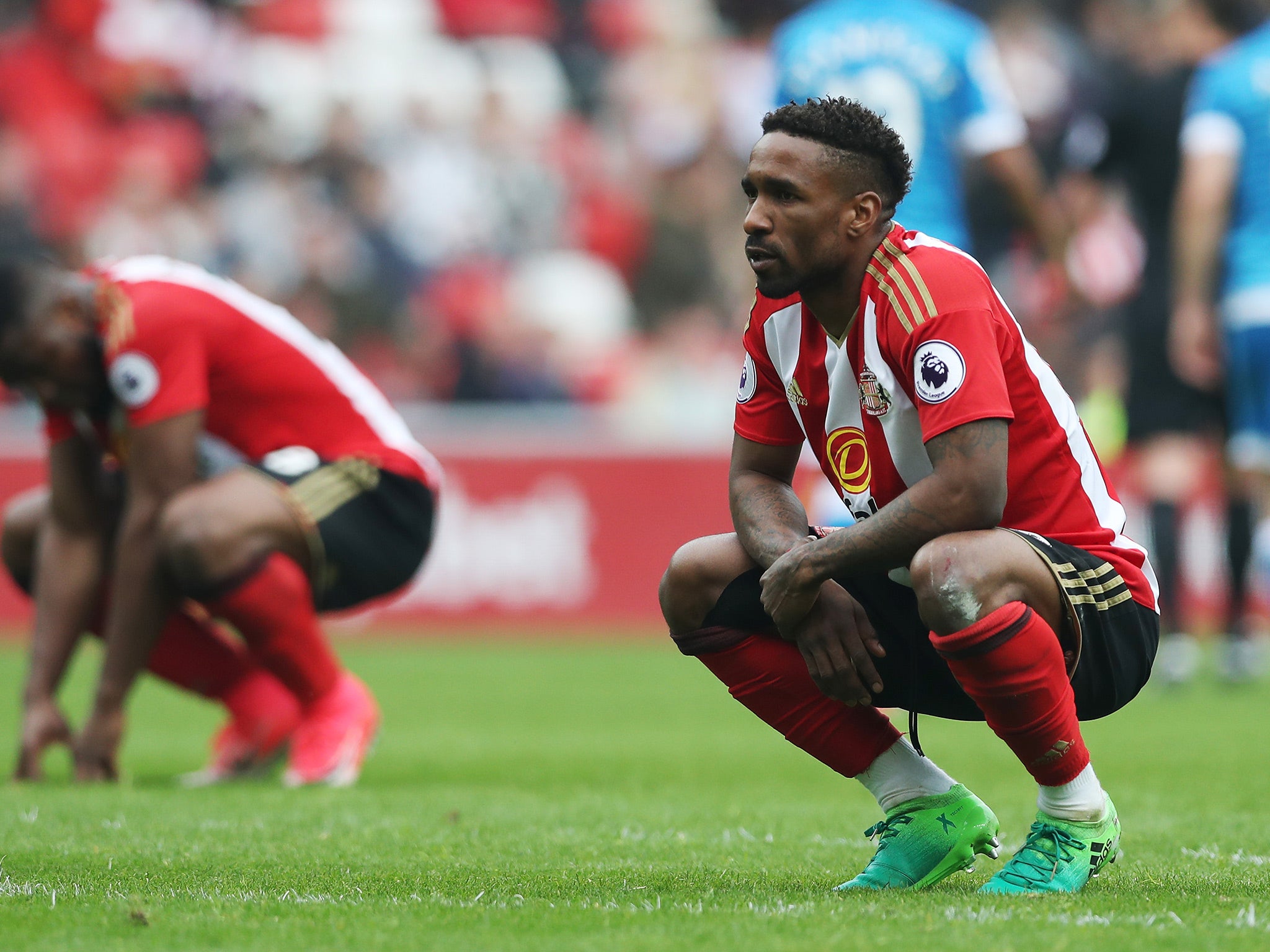
Even on Saturday against Bournemouth, half of Sunderland’s outfield ten had played in that Everton match. Goalkeeper Jordan Pickford, one of the players of the season in the Premier League, has come into the team. Moyes inherited Pickford, just as he inherited Lamine Kone, Jermain Defoe, Wahbi Khazri, Kirchhoff, Kaboul and Van Aanholt.
Another context in which to place the 1-0 defeat to Bournemouth is that five of the visitors’ outfield ten played in the third division four years ago – Steve Cook, Marc Pugh, Harry Arter, Simon Francis and Charlie Daniels were at Shrewsbury in League One in April 2013.
Of course, having not been in the top half of the Premier League for consecutive weeks since April 2012 under Martin O’Neill, Sunderland’s relegation has been in the post. And Moyes was following Dick Advocaat’s downbeat assessment of the squad at the Stadium of Light.
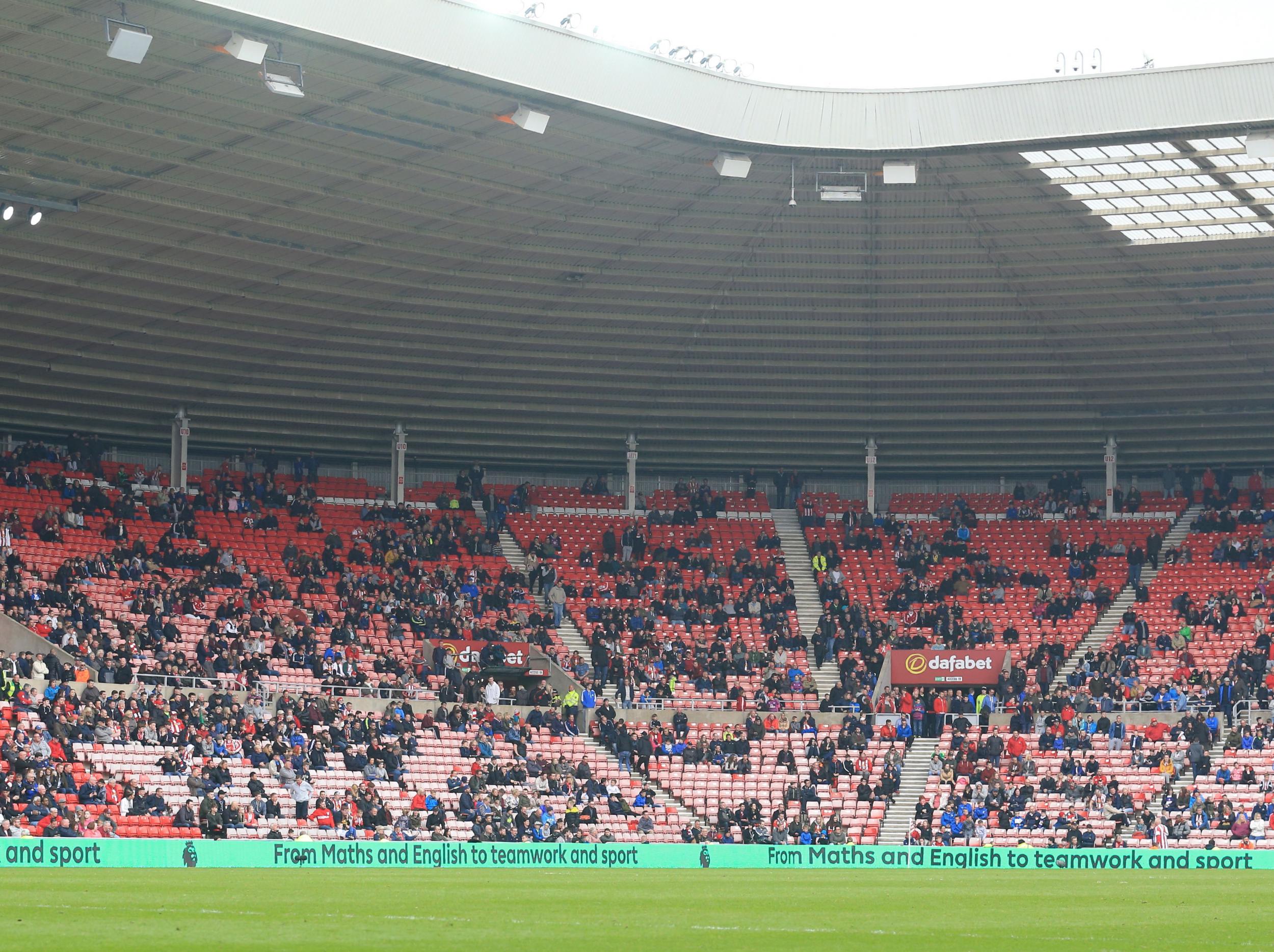
But Allardyce’s eight months in between Advocaat and Moyes last season skewers the argument that there is not talent in this squad. It has been talked down. A mid-season bonding trip to New York while redundancies were announced achieved nothing.
What now? Moyes says that he will reflect on his position and his sadness was genuine on Saturday when he said: “I just have the feeling of letting people down.”
Then he used “rebuilding”. Eight players are out of contract; it is unlikely Defoe, Pickford or Kone will stay.
But Moyes would not say if he would be laying bricks come July. There is still one more home game – against Swansea – and three away. They are at Hull, Arsenal and Chelsea. Moyes may find his answer among the voices of the fans at those games.
Join our commenting forum
Join thought-provoking conversations, follow other Independent readers and see their replies
Comments